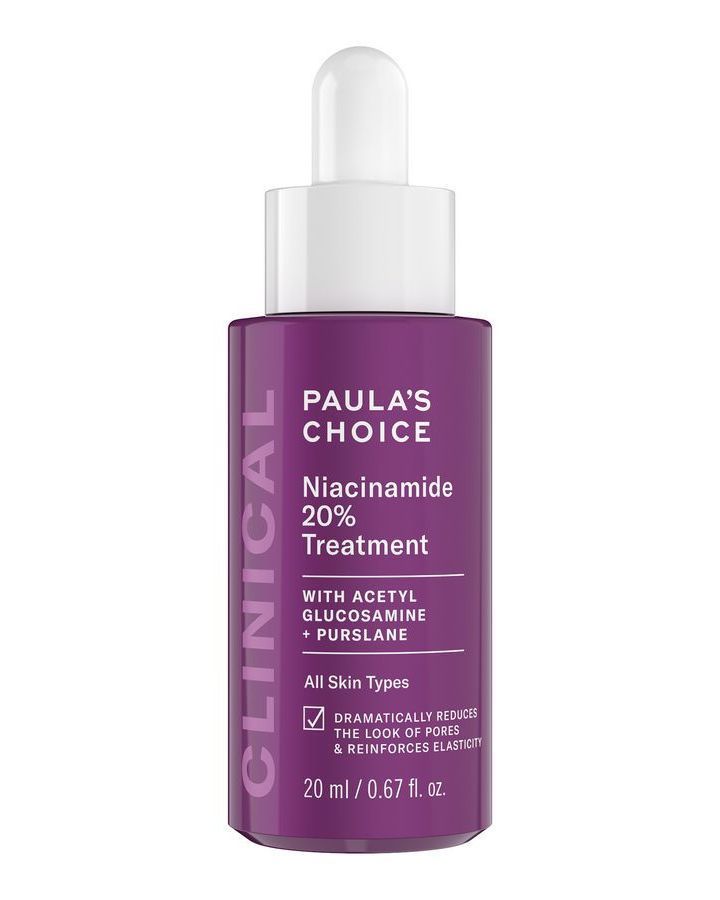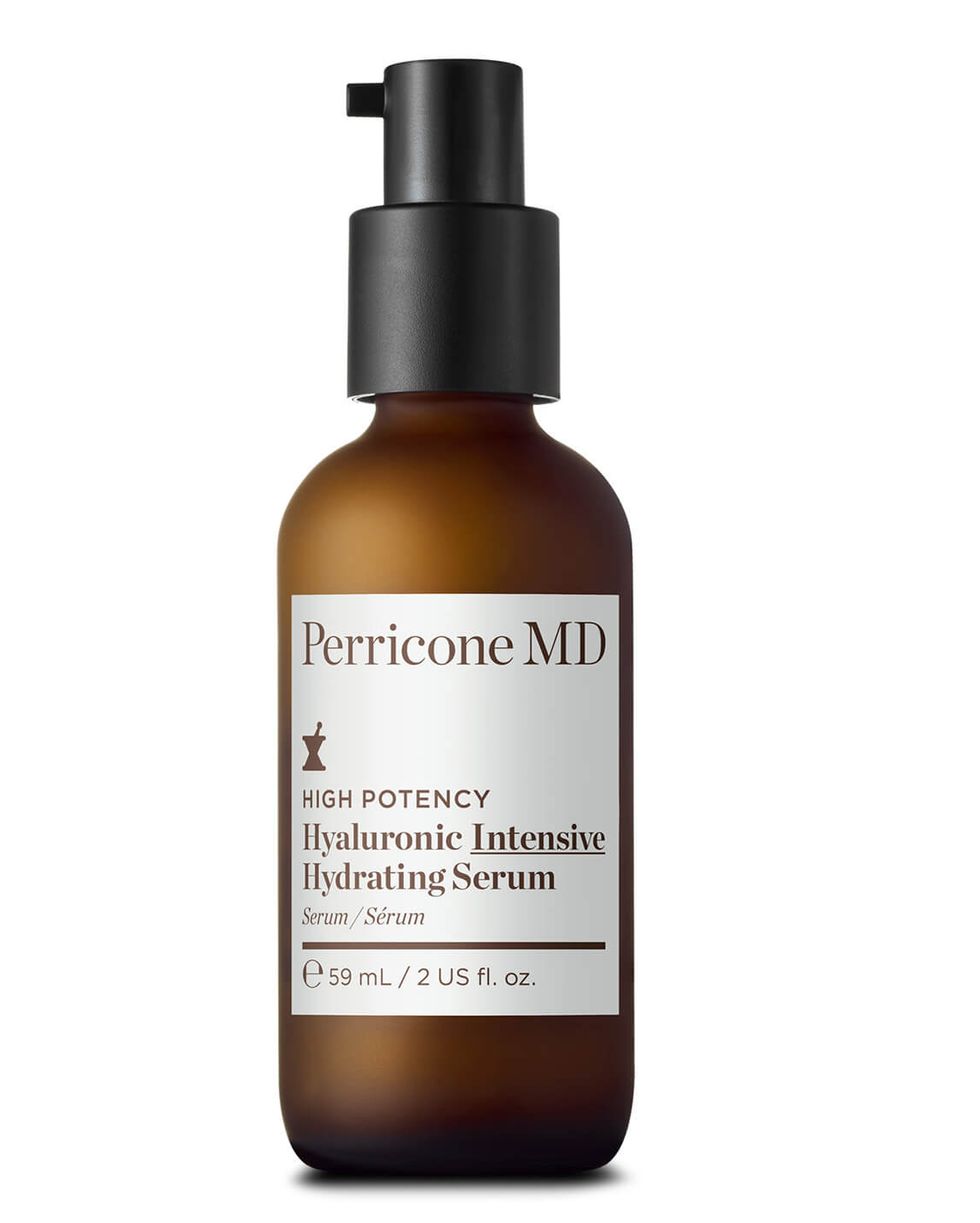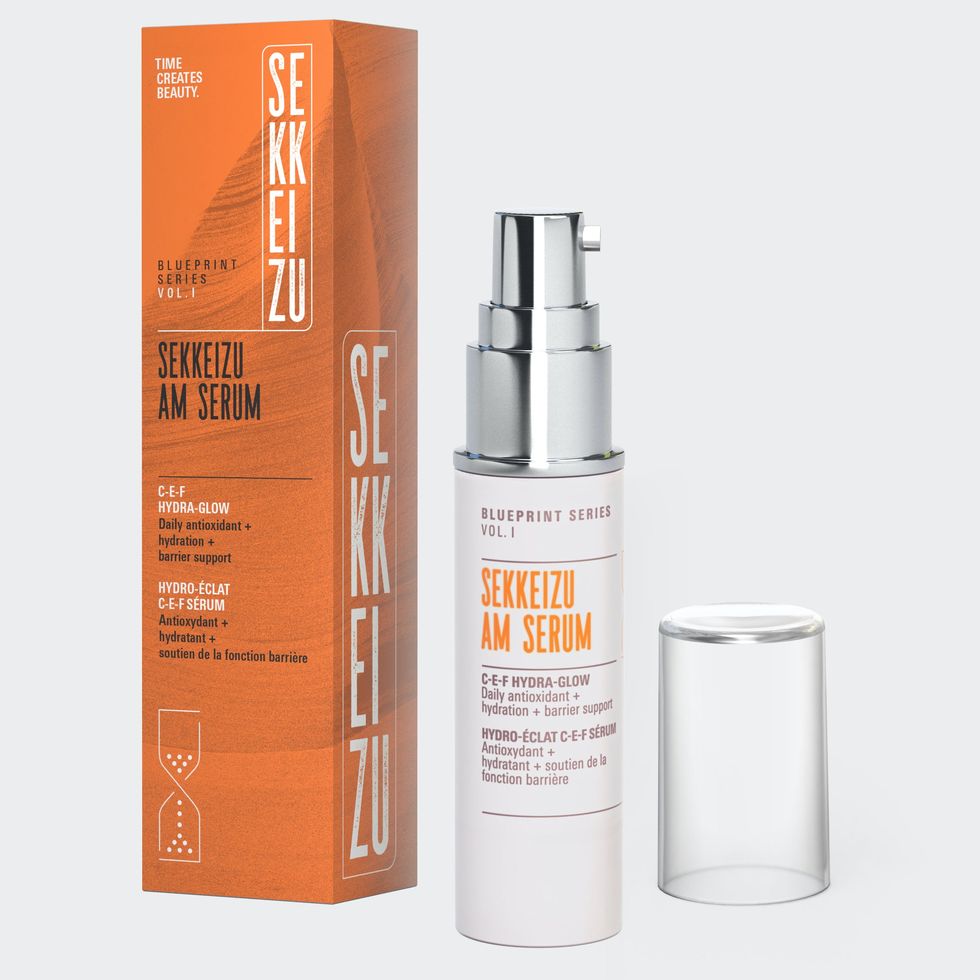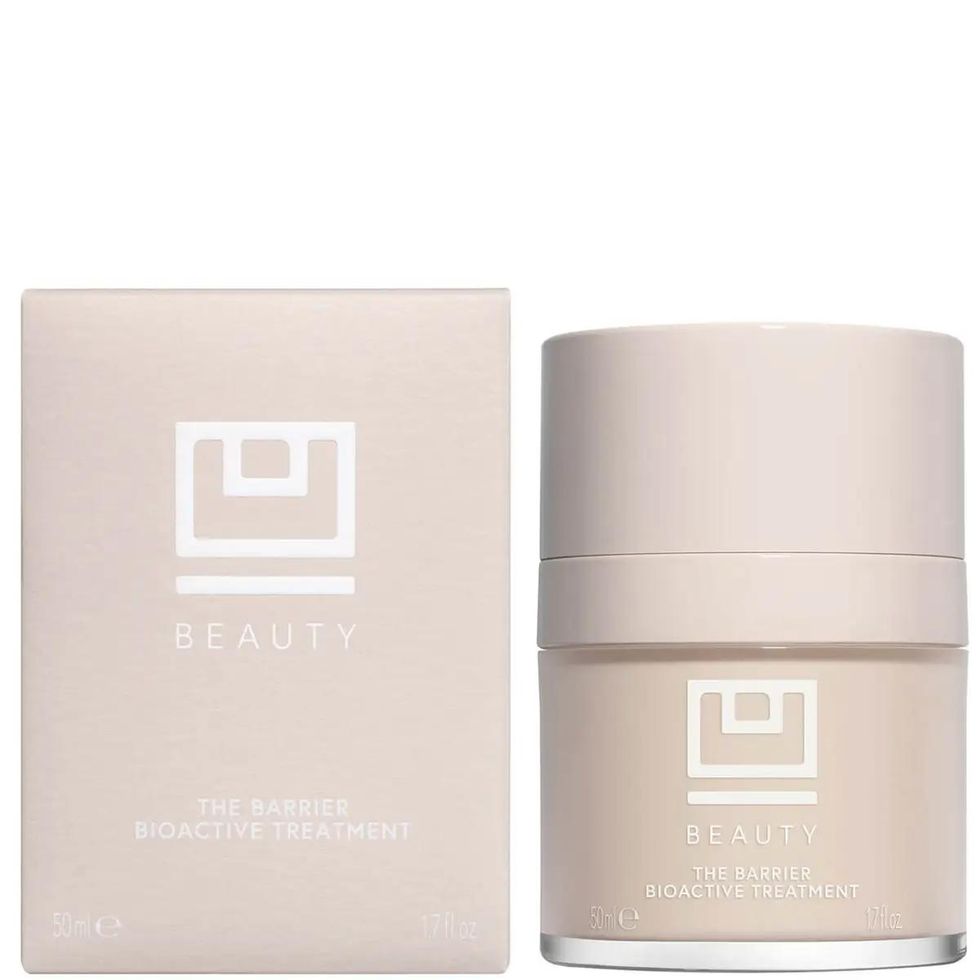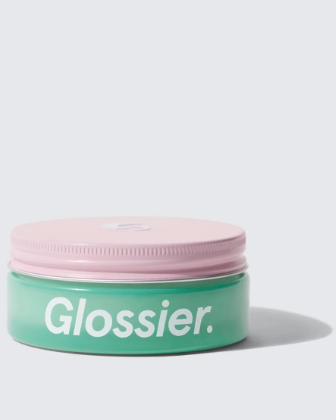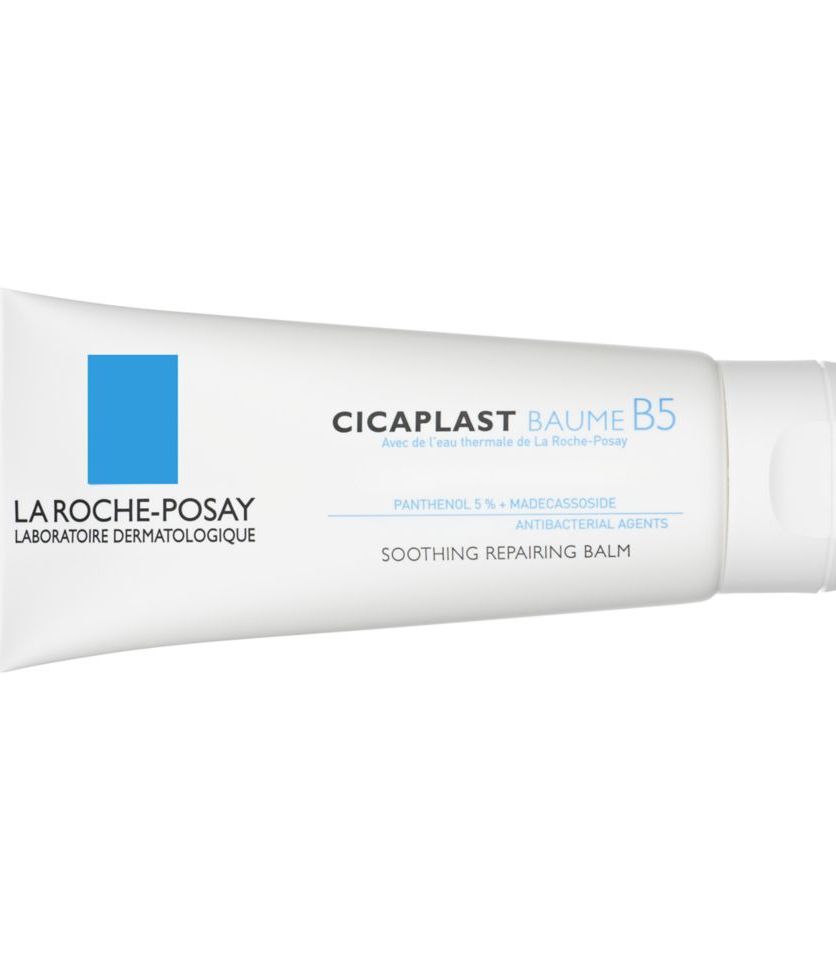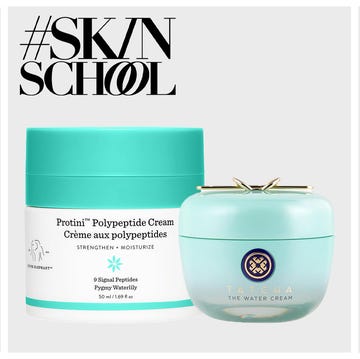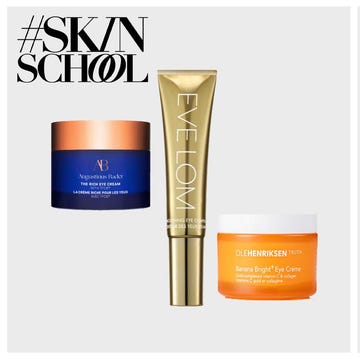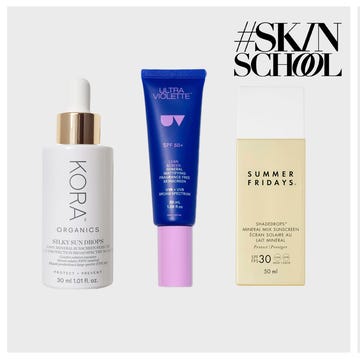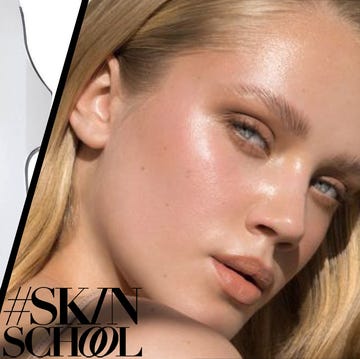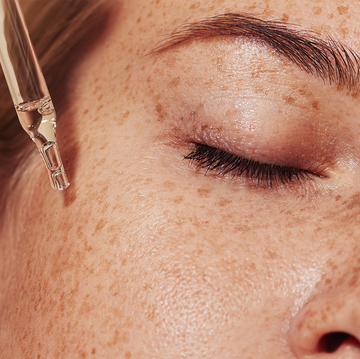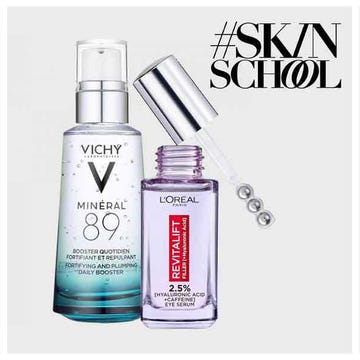A decade ago, skincare ‘actives’ (ingredients responsible for stimulating measurable changes in the skin) were rarely considered outside of a clinic setting, but now we’ve shaken off any fear of acids and retinoids, upping home doses with abandon – and in some cases, veering into over-use, resulting in a compromised skin barrier.
Indeed, resurfacing products have become the pawn in the industry’s mission to encourage us to slough off our skin's surface layers and obtain unified, smooth complexions (think ultra-reflective 'glass skin' or bouncy, dewy 'dumpling skin'). All the while, focusing on skin health over appearance has felt like a contrarian point of view. Until now.
The thing is, for many of us, those extra-strength, cell-decimating products that drew us in (regardless of whether our complexion really needed them) did the opposite of what was intended, leaving us feeling the burn.
It's all because skin is designed to keep certain things out – think environmental aggressors, pollutants and allergens – and other things (such as water) in, and it achieves this with help from the skin barrier. If your barrier is weakened you can experience a whole host of skin issues.
What actually is the skin barrier?
Technically called the stratum corneum, “the skin’s barrier is the outermost layers of skin,” explains industry authority Paula Begoun, founder of Paula’s Choice. “It is made up of a mix of very important protective and nourishing substances – including ceramides, linoleic acid, cholesterol, amino acids, and a complex assortment of fatty acids – which help prevent water loss and shield skin from environmental factors such as sun damage, pollution, and allergens. When the skin’s barrier is healthy, all of these elements work together to form and maintain the skin’s first line of defence to the outside world.”
Clearly, our skin barrier is an important ally – but, as Dr. Kemi Fabusiwa, director of clinic Joyful Skin confirms, over-use of high-strength skincare could be causing damage. “Many people damage their skin’s barrier unintentionally by piling and combining too many irritating actives onto their skin, unaware of the damage that they are causing to the barrier. For instance, combining two exfoliating acids, an acid and a retinol, or a retinol and vitamin C in one sitting is enough to irritate and inflame the skin, leaving behind tiny breaks in the skin’s barrier.”
The signs of a damaged skin barrier
“Barrier damage almost always involves the loss of skin’s vital substances (such as ceramides and fatty acids) which it needs to remain intact and smooth,” says Begoun. “These substances are the mortar that keeps skin together. When they become depleted or disorganised, skin loses its ability to prevent water loss and is less able to defend itself from external assault, which makes it vulnerable to dehydration, redness and itching. It causes noticeable signs of ageing in the short term and, if not corrected, in the long term as well."
The aesthetician Sofie Pavitt says that when diagnosing a compromised skin barrier she looks for signs such as "dryness, tightness, sensitivity to even gentle products, itchy or flaky skin, rashes or breakouts".
However, the symptoms of an unhealthy skin barrier aren’t always visible on the surface. “The problems a damaged skin barrier causes that you can’t see – at least not immediately – are collagen and elastin breakdown, an impaired microbiome, and abnormal skin shedding," adds Begoun.
The remedy needn’t involve ditching your active products – at least, not on a long-term basis. Ingredients such as retinol, vitamin C and exfoliating acids can be truly transformational, but it’s vital to use them in a way that respects, rather than challenges, your skin, working them slowly into a consistent routine and choosing formulas carefully.
If you’re seeing the signs of a depleted skin barrier, it’s crucial to first rebuild that outer layer – here, the experts explain exactly how.
How to repair a damaged skin barrier
"Barrier repair should focus on hydration, protection against free radicals and pollution, and nourishment in the form of occlusive moisturisers," explains Pavitt. "A lightweight serum such as a hyaluronic acid, layered under a rich emollient cream is a great approach for any skin type. Dryness will dissipate, oil levels will be rebalanced (dry sensitised skin with a weakened barrier will ultimately try to produce more oil to compensate) and you could see results from this in as little time as a month from working on repair." But be mindful of these five specific dos and don'ts:
1/ Avoid physical exfoliators
Both Begoun and Dr Fabusiwa agree that the first step to rebuilding a skin barrier is to ditch any physical exfoliants. “Resurfacing products such as harsh abrasive scrubs should never be used,” says Begoun. “Many people think using an abrasive scrub or a rough cleansing brush is the best way to exfoliate skin, but those create micro-tears in the skin’s surface.”
2/ Fine-tune your acids
If an active product seems to be too strong for your skin, don’t stubbornly carry on: in skincare, 'no pain, no gain' should not apply. “Switch to gentler exfoliating acids such as mandelic or lactic acid if glycolic acid is too strong for you,” says Dr Fabusiwa. What’s more, learn to spot the signs of inflammation: redness, swelling, discomfort and warmth. If you detect any of these, your skin is telling you to scale back.
3/ Rotate your actives
Spacing out your use of active products is the key to achieving results while respecting the skin barrier. “Don’t combine actives together in one sitting: for example, an acid, a retinol and vitamin C," says Dr. Fabusiwa. "Instead, use them on alternate days or one as part of your morning routine, rather than both at night."
4/ Familiarise yourself with barrier-benefitting ingredients
Now you know what to avoid, you can start looking at how to involve skincare ingredients which will help to strengthen and protect your barrier. Look for products that spotlight ingredients such as ceramides, which help to form a protective barrier and retain moisture; squalane, a moisturising and hydrating agent that's non-comedogenic; hyaluronic acid, a humectant that helps to retain moisture in the skin; and colloidal oatmeal, a soothing ingredient that works wonders to calm irritated skin. Thankfully, you won't have to look far, as you'll find these ingredients in an abundance in everything from daily cleansers to masks. Brands such as Rhode have even built their whole skincare range around a focus on barrier support.
5/ Never skip moisturiser
And finally, don’t forget to moisturise – even if your skin is oily, congested, or acne-prone. "Our skin’s barrier is also called the moisture barrier: the higher the water content, the better hydrated and therefore stronger the skin is. Dry, brittle skin doesn’t function the best that it can," says Dr. Fabusiwa.
The best barrier-strengthening products
The skincare industry is now firmly taking a more barrier-positive approach, encouraging us to feed the skin with nourishment, rather than simply dissolving the 'bad' things away. Extreme acid products are out, and supportive barrier-building creams are in, offering an intensive recovery plan for over-stripped skin. Smart acids that can replenish while they exfoliate are coming to the fore (take note of poly-hydroxy acids), probiotics are booming, and fortifying niacinamide formulas are settling onto shelves far and wide.
Here, see the most promising products for building and maintaining a healthy skin barrier now.














